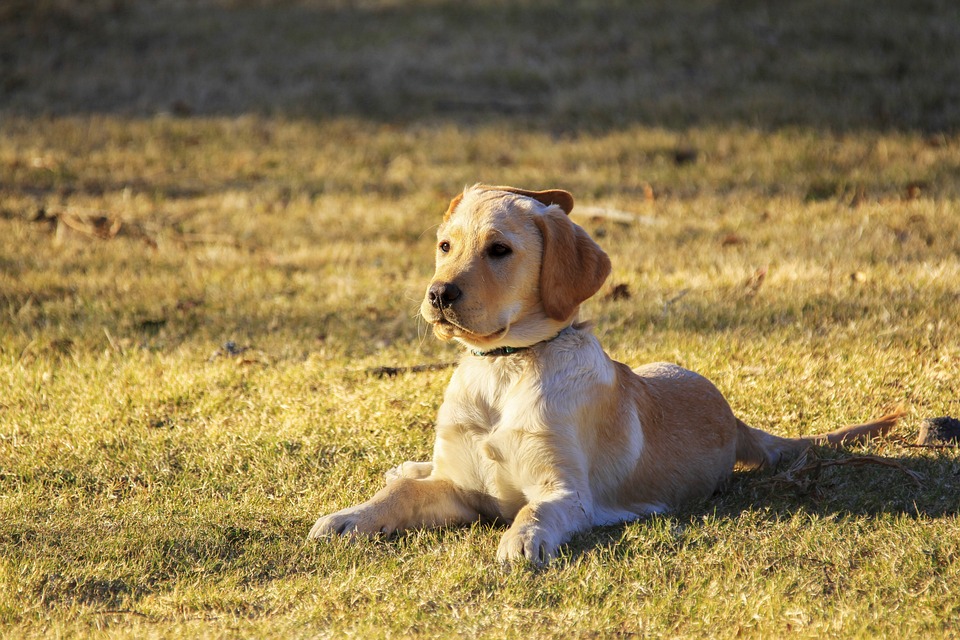Maintaining proper dental hygiene for dogs is of utmost importance in ensuring their overall health and well-being. Just like humans, dogs can develop dental problems, including gum disease, tartar buildup, and tooth decay. Regular teeth brushing is a simple and effective way to prevent these issues and maintain your dog’s oral hygiene.
One of the main reasons why dental hygiene matters for dogs is the prevention of dental disease. Understanding dental disease in dogs is crucial in realizing its potential consequences. Poor dental hygiene can lead to painful conditions such as gingivitis and periodontal disease, which can cause tooth loss and other serious health complications. Additionally, dental disease in dogs can have a significant impact on their overall health, as bacteria from the mouth can enter the bloodstream and affect vital organs.
Promoting fresh breath is another important aspect of dental hygiene for dogs. Bad breath, also known as halitosis, is often caused by dental issues such as plaque and tartar buildup. By maintaining a regular teeth brushing routine, you can improve your dog’s breath and eliminate the underlying causes of bad odor.
Furthermore, dental hygiene is closely linked to a dog’s overall health. Poor oral health can contribute to systemic diseases such as heart, kidney, and liver diseases. By taking care of your dog’s teeth and gums, you can reduce the risk of these serious health conditions and promote their overall well-being. Additionally, proper dental care can also boost your dog’s immune system, helping them stay healthy and resilient against various infections.
Now that we understand the importance of dental hygiene for dogs, let’s delve into a comprehensive guide on how to brush your dog’s teeth.
Firstly, gather the necessary tools for teeth brushing. Choose a toothbrush and toothpaste specifically designed for dogs. Human toothpaste is not safe for dogs as it contains ingredients that can be toxic to them. There are also other dental care products available for dogs, such as dental chews and water additives, which can supplement brushing but shouldn’t replace it entirely.
Introduce your dog to teeth brushing gradually and make it a positive experience. Familiarize them with the brushing process by allowing them to sniff and lick the toothbrush and toothpaste. Use positive reinforcement techniques such as treats and praise to encourage cooperation.
Proper positioning is essential for effective teeth brushing. Gently lift your dog’s lip to expose their teeth and gums. Use gentle circular motions to brush their teeth, paying attention to all areas of the mouth. Be sure to brush both the outer and inner surfaces of the teeth.
Overcoming common challenges, such as resistance or fear, may require patience and persistence. If your dog is hesitant or resistant to teeth brushing, start with short sessions and gradually increase the duration. Seek guidance from a professional dog trainer or veterinarian if needed.
Maintaining a consistent dental care routine is crucial for optimal oral hygiene. Aim to brush your dog’s teeth at least 2-3 times a week, but daily brushing is recommended for maximum effectiveness. Additionally, supplementing brushing with other dental care methods such as dental chews and toys can provide additional benefits. Regular dental check-ups with a veterinarian are also important to monitor your dog’s dental health and address any potential issues.
In conclusion, dental hygiene is of utmost importance for dogs’ overall health and well-being. By implementing a regular teeth brushing routine and providing proper dental care, you can prevent dental diseases, promote fresh breath, and enhance your dog’s overall health. Remember, patience and consistency are key when introducing teeth brushing to your furry friend. Make it a positive experience, and always consult with your veterinarian for further guidance on your dog’s specific dental care needs.









